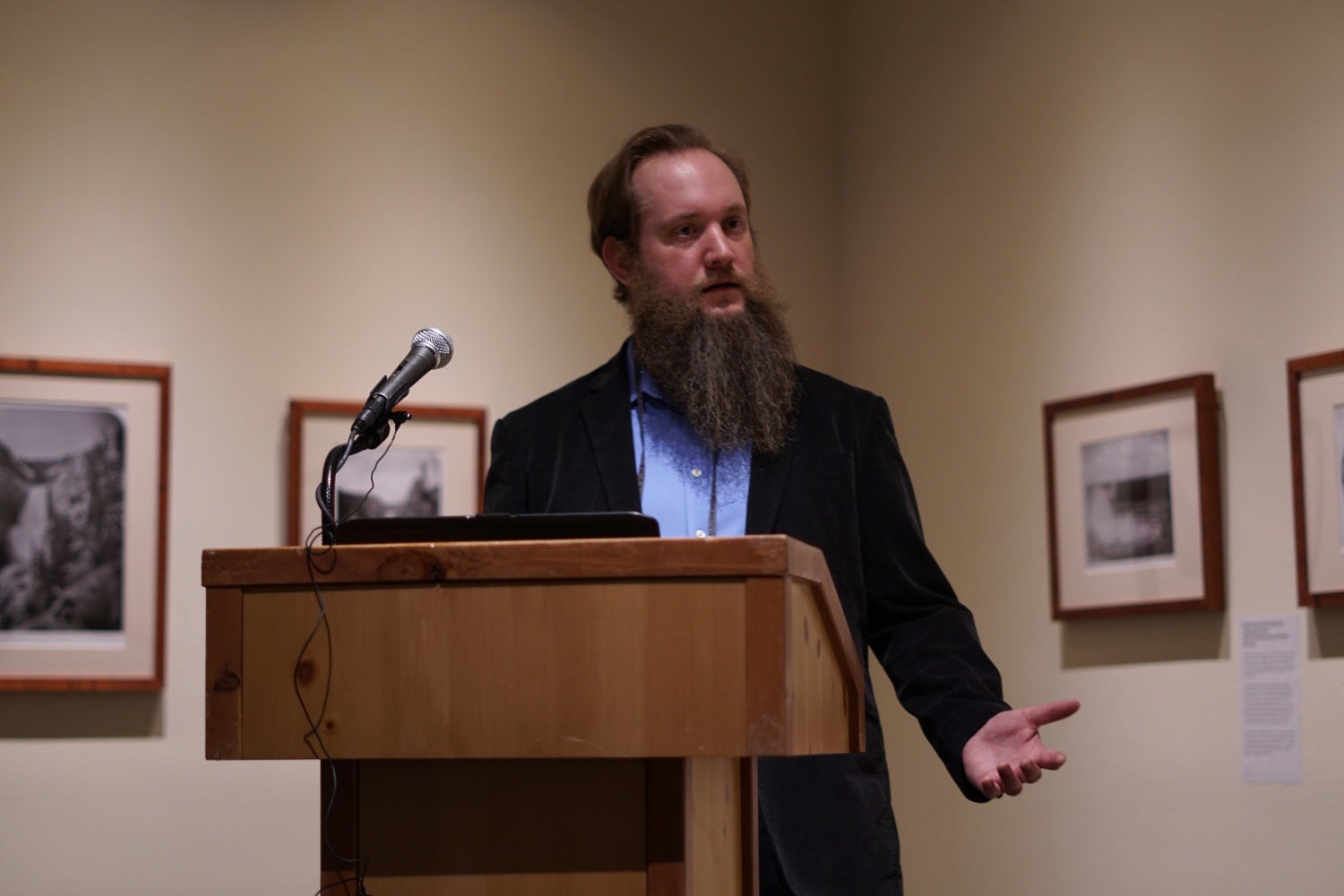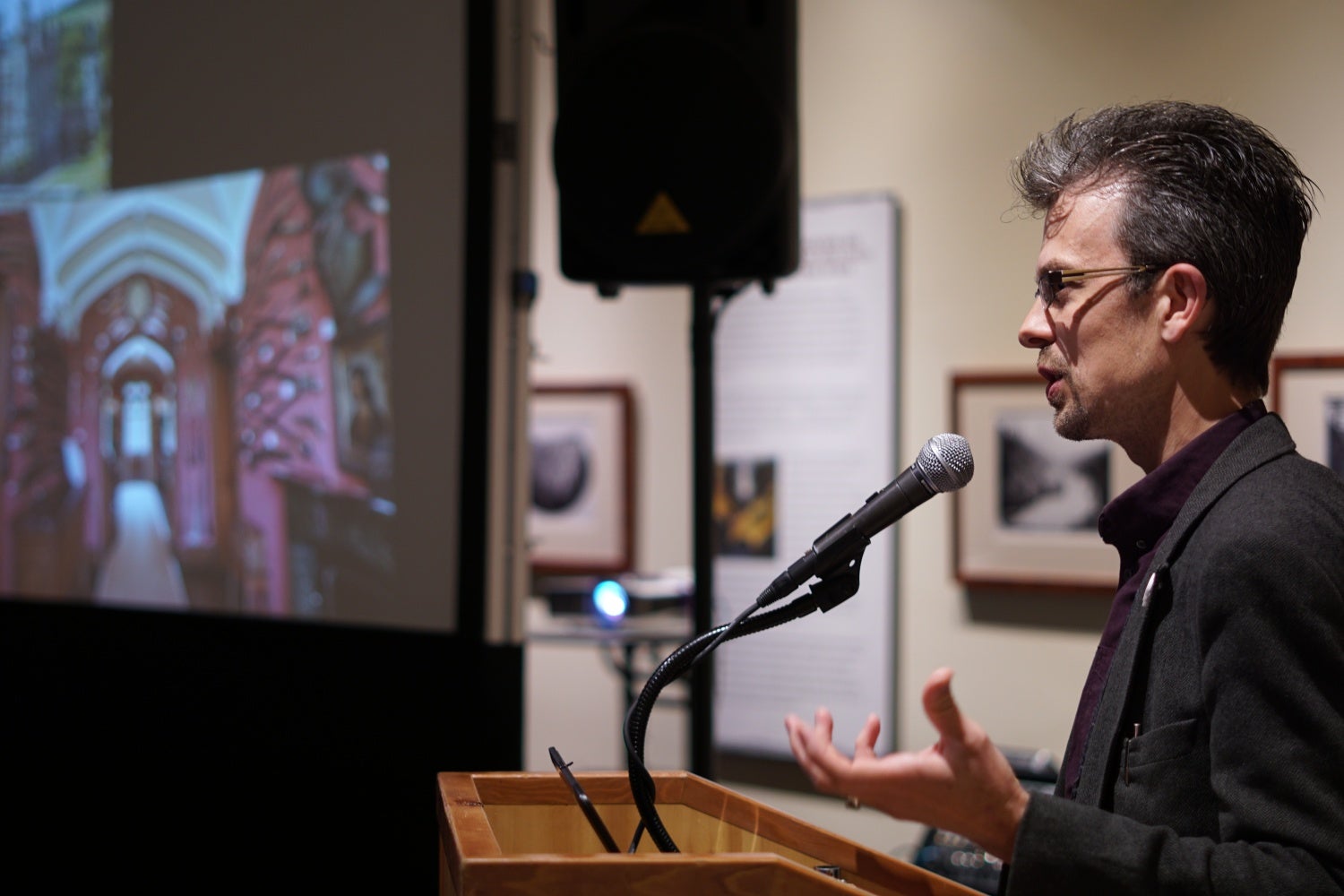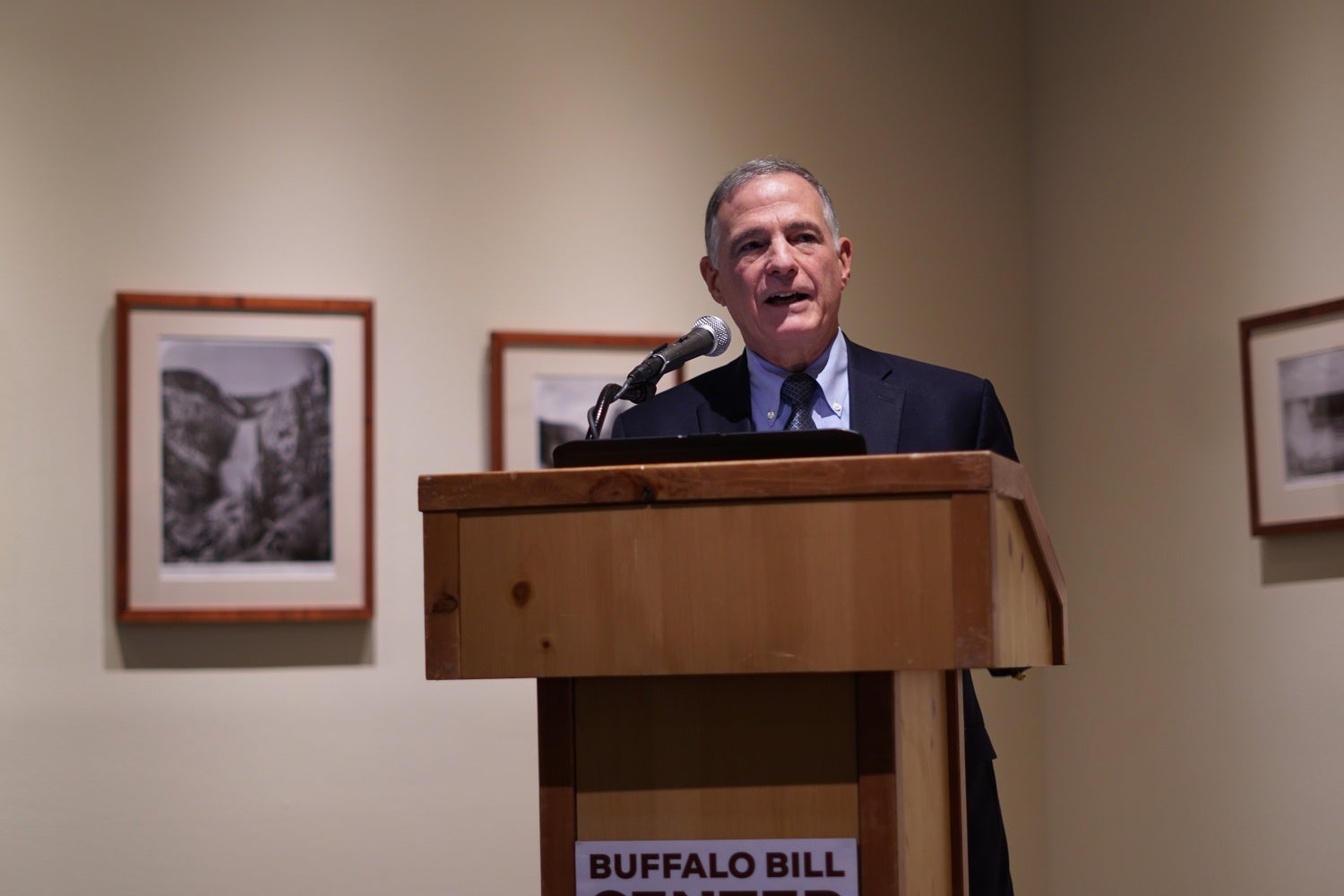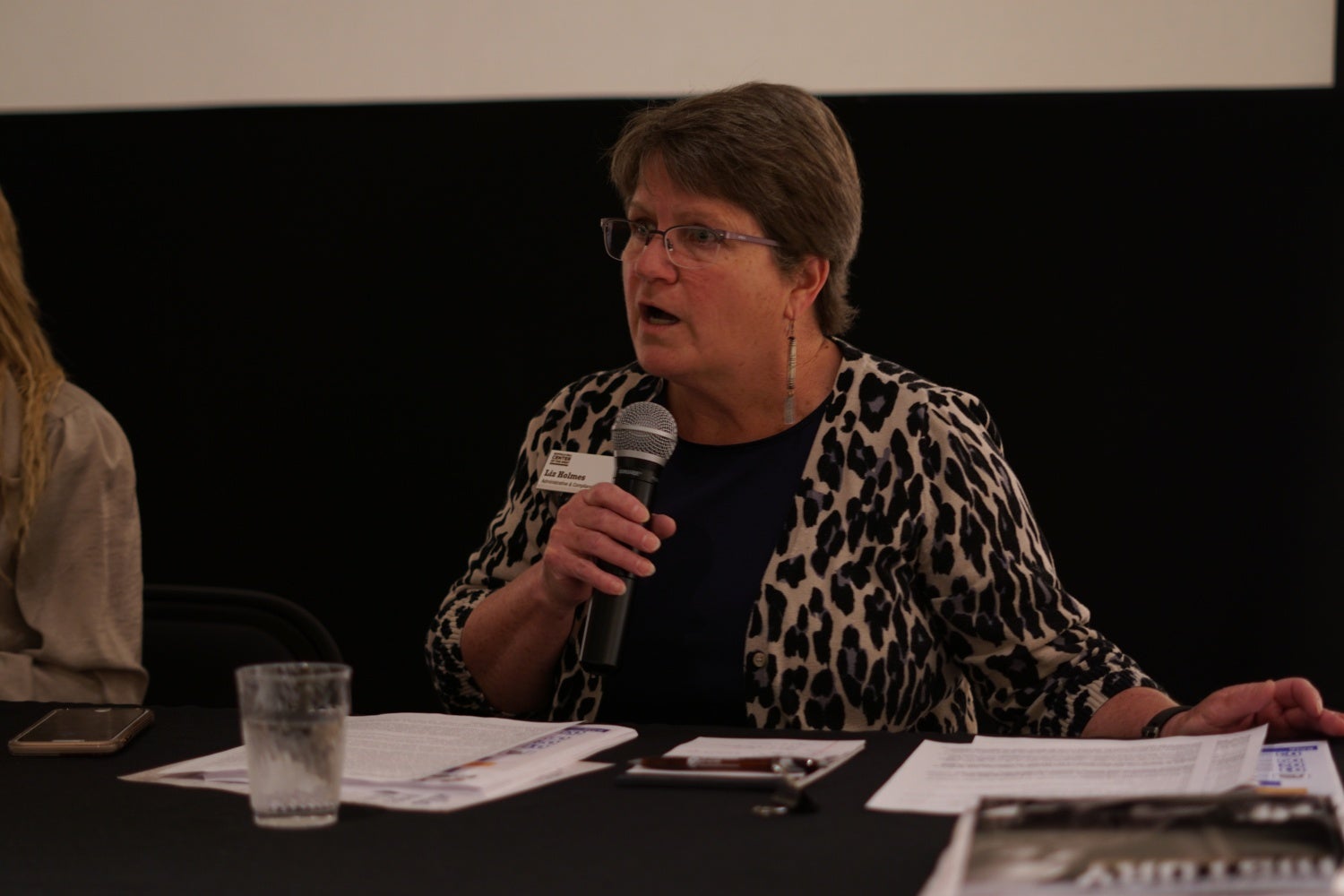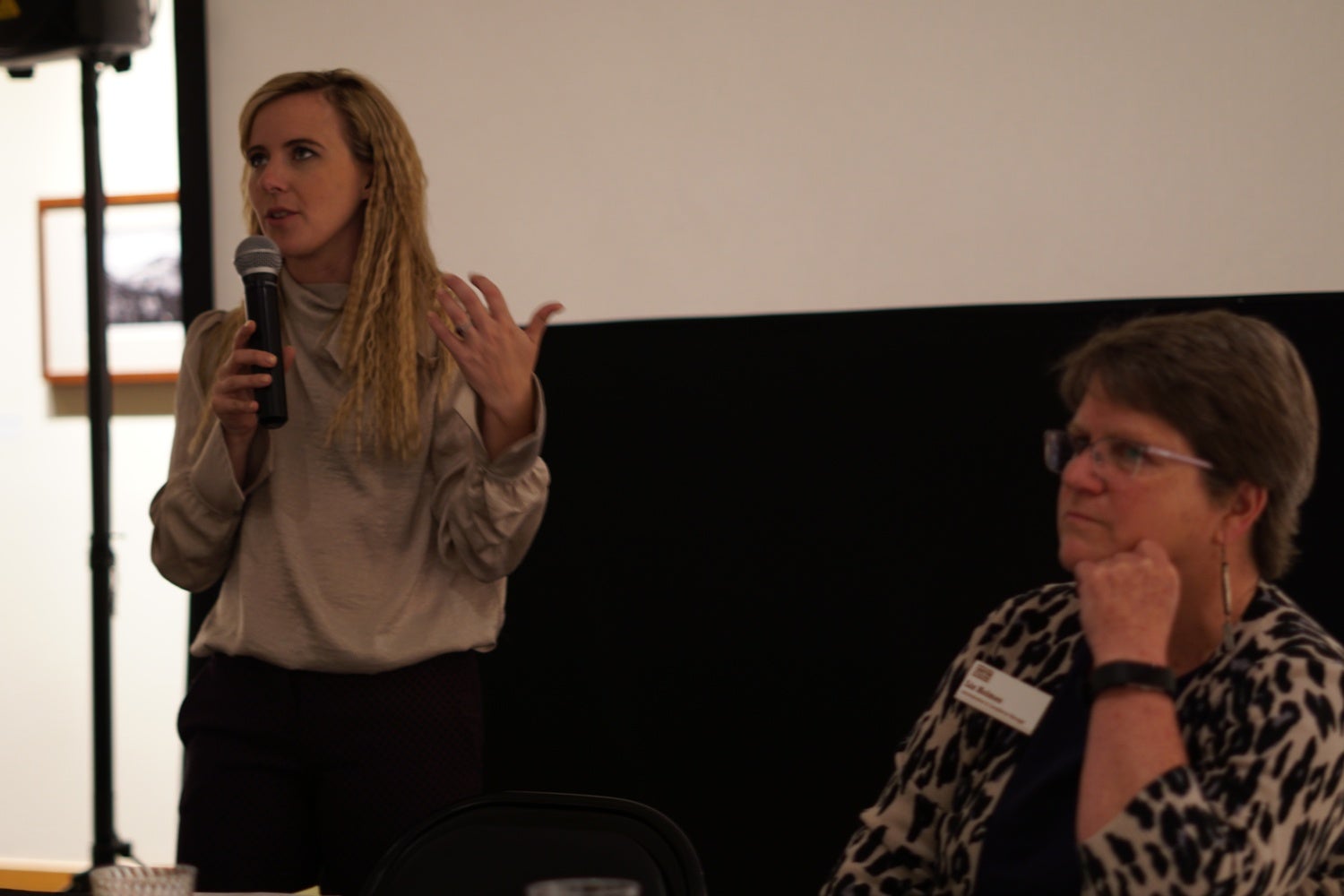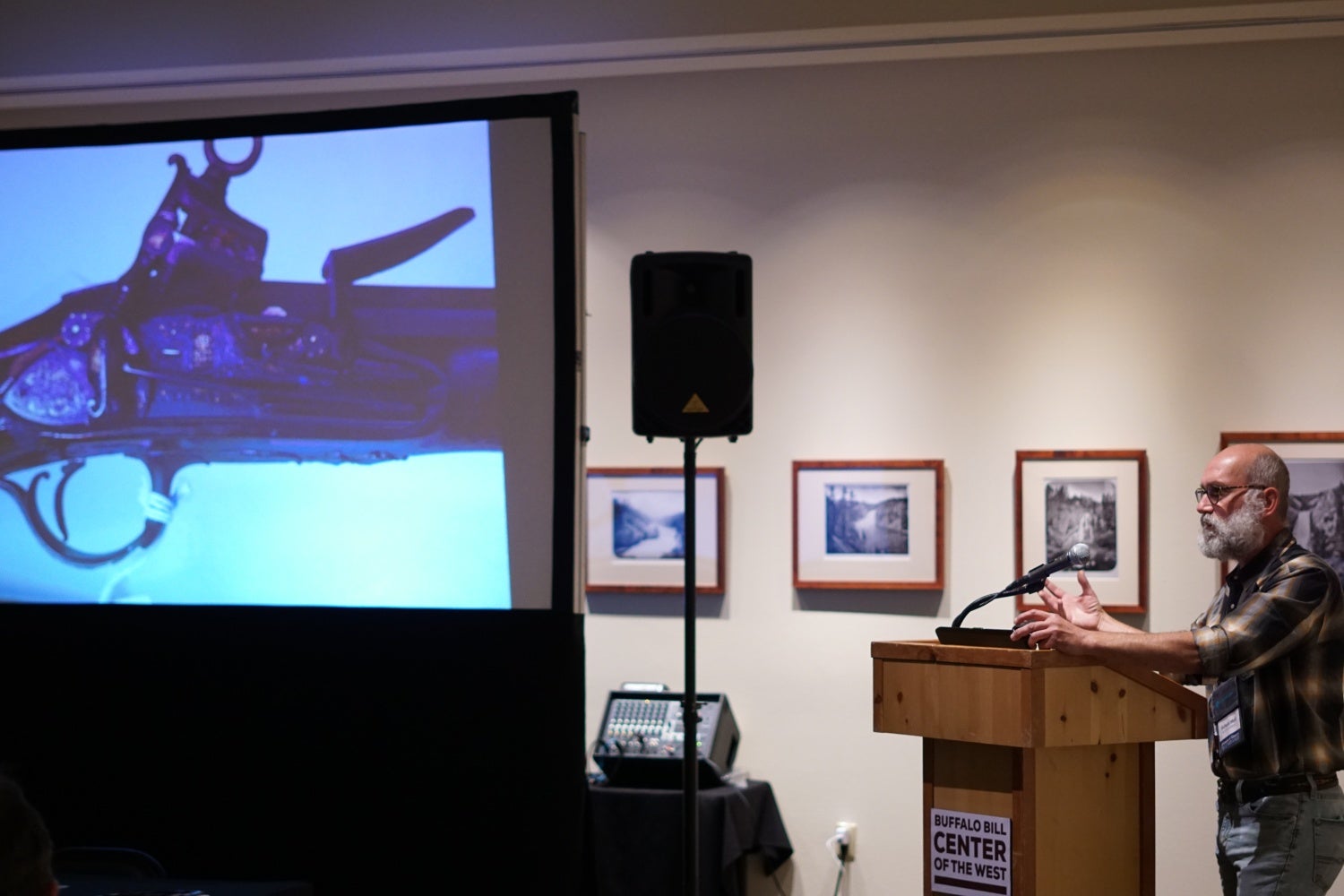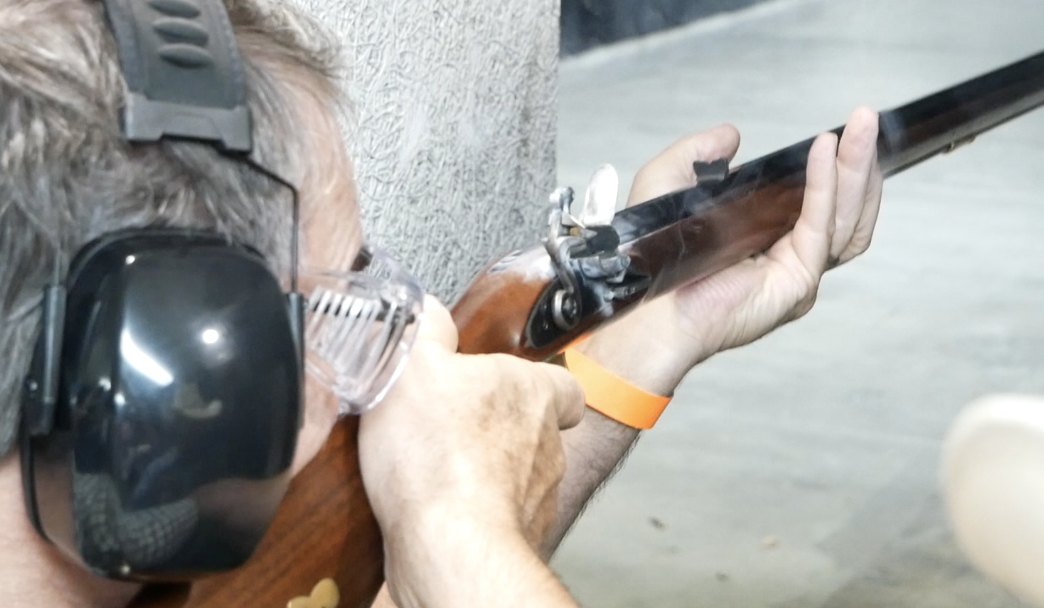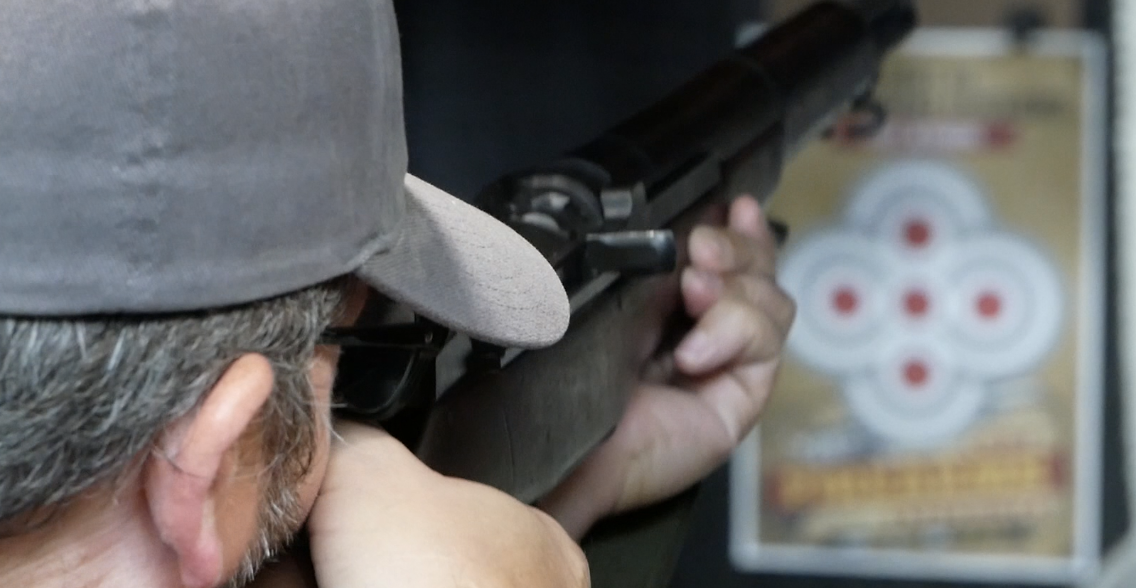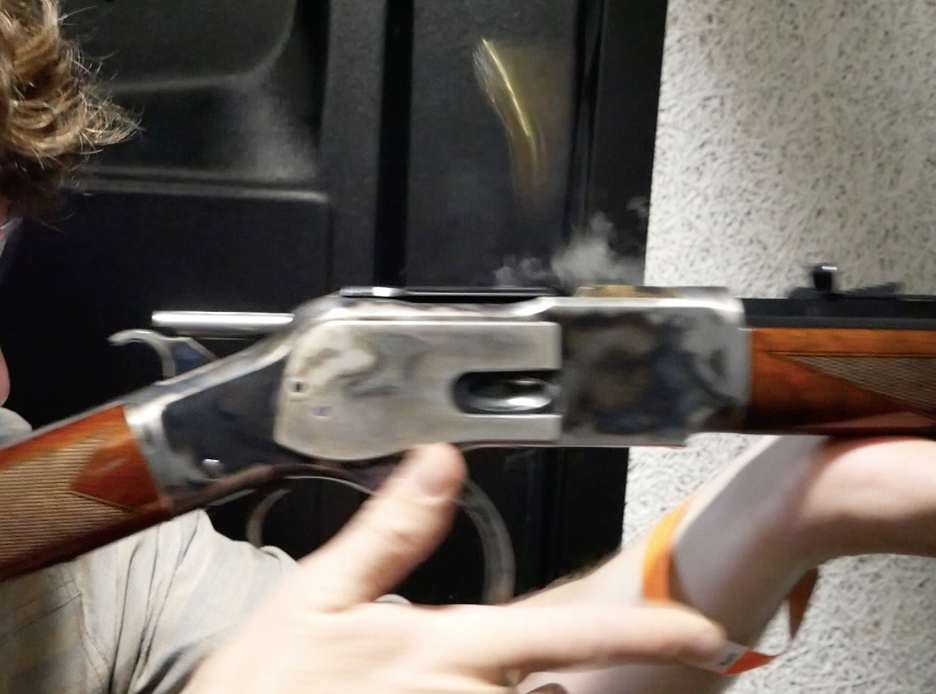Although the first day of the symposium was free to the general public, the next two days required a $50 entrance fee (total) and was aimed at getting curators private time amongst themselves to discuss serious and legitimate issues that affected the care of their small arms collections. Note that if you are a small arms researcher and historian interested in attending the conference, you should be able to pay this fee and be apart of these conversations and presentations next year.
Collections Access and the Role of Collectors
Alex Mackenzie-Springfield Armory NHS
Alex talked at length about the role of collectors when taking care of a museum’s collection. He mentioned both the very positive aspects of collecting but also highlighted some of the negative aspects. The positive being that he explicitly stated that he would not be able to do his job without the scrutiny and attention to historic detail that collectors bring to the table. As a curator he doesn’t have the time to research exactly what pin or what type of spring was present on the different production years of 1903 Springfield manufacture. But he needs to have access to this information through books written by collectors that do go to that level of detail.
The negative side s the occasional thievery that does exist when folks steal from museums and add to the illegal side of collecting. This is extremely rare, but it does happen. Alex gave an example of an actual Springfield Armory employee that stole some arms from the collection in the 1950s that were only recently recovered. Another point is how to preserve a collection while still making it accessible to the researcher and collector out there. At what point does a curator have a duty to allow a researcher access to an item and at what point does that stop? Taking photographs? Basic disassembly? Complete internal disassembly?
Provenance, Fakes, and Forgeries
Jonathan Ferguson-Royal Armouries
Very similar to Jonathan’s earlier talk on Vampire pistol kits, this talk concentrated on the topic of fakes and forgeries in museum firearm collections. A good example that he brought up were some examples that indeed faked previously but then actually have become a part of history and worth preserving such as the handmade firearms coming out of Darra Adam Khel in Pakistan.
Role of Public Collections in the Gun Debate
Steve Sanetti-National Shooting Sports Foundation (NSSF), SAMI
Steve Sanetti gave a very passionate presentation and led a discussion on how gun museums can be an integral part of the gun debate by showcasing their collections. A central theme here that he was trying to convey was that you can’t conveniently take firearms out of history when it suits modern political opinions. Not mentioned here but at a later talk the subject of the Imperial War Museum in London taking the majority of their small arms on display even though the subject matter is obviously the military history of the British Armed Forces.
Legality of Museums and Firearms
Ashley Hlebinsky, Cody Firearms Museum
Going back to the Class III NFA discussion, Ashley brought the museum’s firearms manager to the table and they discussed how the museum handles transfers and ATF related issues. One very important point of discussion that many American-based curator agreed upon is that there needs to be a conversation with the ATF about having some sort of NFA exemption for museums, whether it is transferring modern machine guns for displays or it is taking in unregistered contraband machine guns that are historically and culturally significant. Ironically, European museums actually have a leg up on us because in Europe such legislation already exists that does exempt museums from these full auto regulations.
Going Too Far, Limits in Conservation
Richard Moll, Autry Museum of the American West
Richard discussed the very grey area of preserving or restoring firearms in a collection, specifically how to take care of them from a technical standpoint. He talked at length about examples of muzzle-loading firearms that had numerous issues with rust, discoloration, wear, etc… and whether or not to try and restore them for display use or not to touch them at all because doing so could actually lead to more damage.
Range Time
After the day was over all the participants got to go to Cody Firearms Experience just down the street and get some range time with different genres of historical firearms. Earliest being a Flintlock Hawkins configuration rifle, then a Springfield 1861 Musket, a Colt Navy Percussion revolver, a reproduction Gatling Gun in .45 Long Colt, a lever action Winchester 1873, and finally capping it all off with a .30-06 M1 Garand. Folks got several rounds on each platform except for the muzzleloading rifles where there was a single round per person. The Gatling Gun was probably the most interesting to shoot because of its unique operating system with the gravity fed magazine and crank operation.
 Your Privacy Choices
Your Privacy Choices

